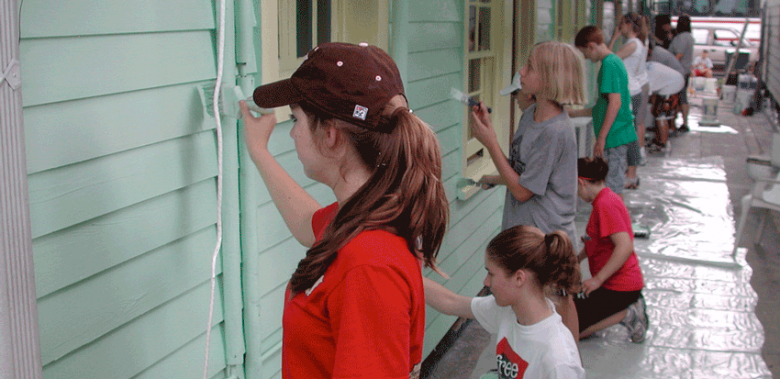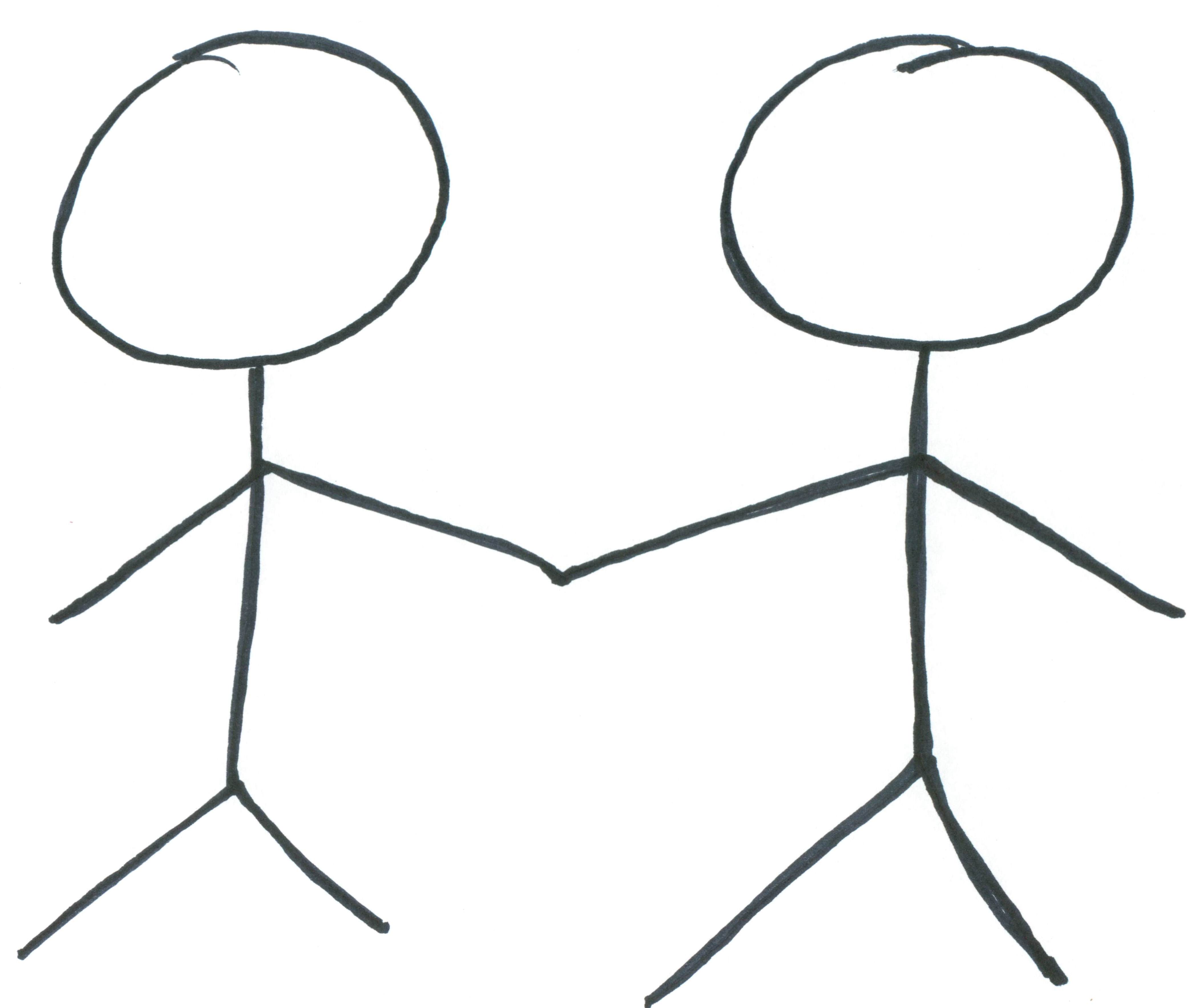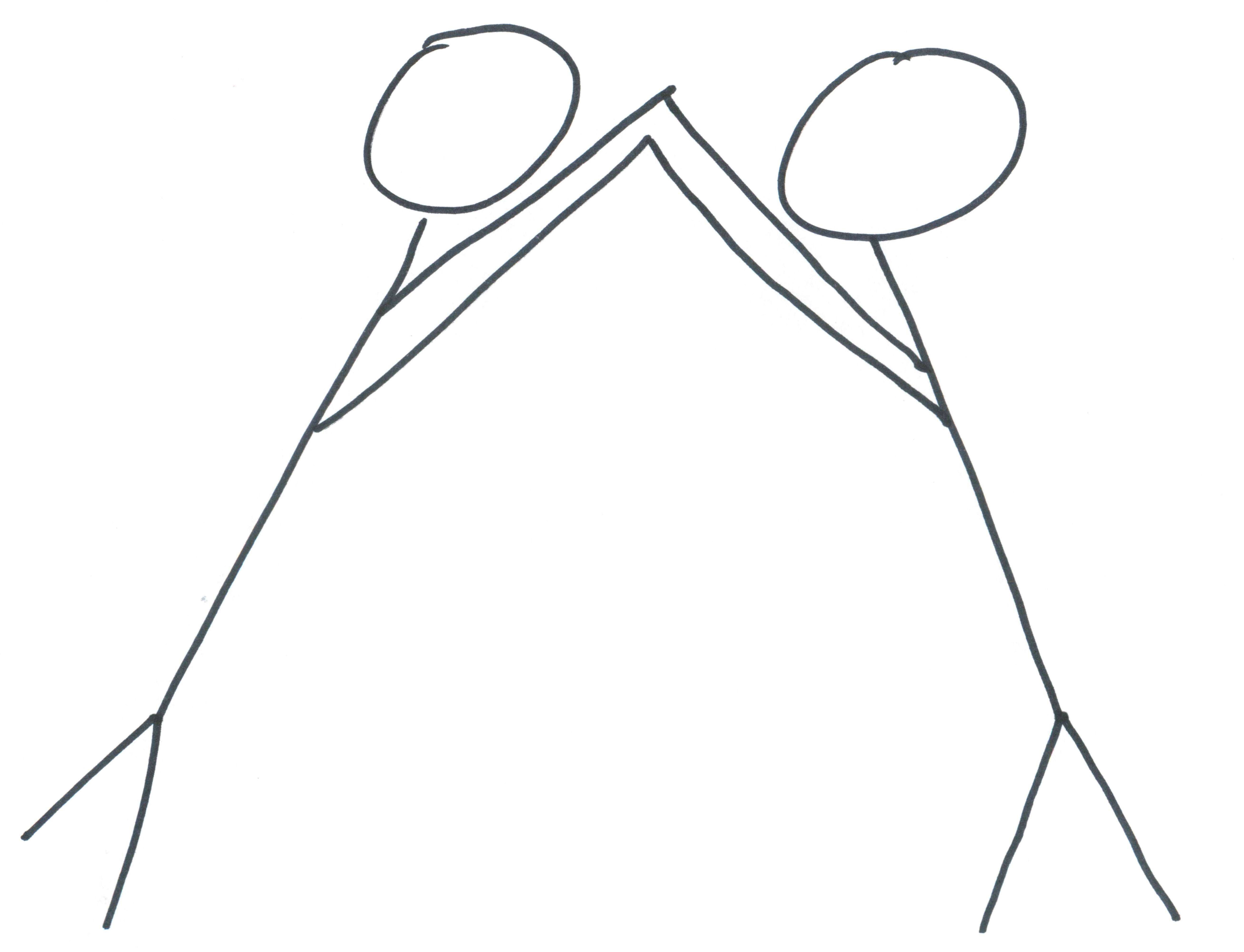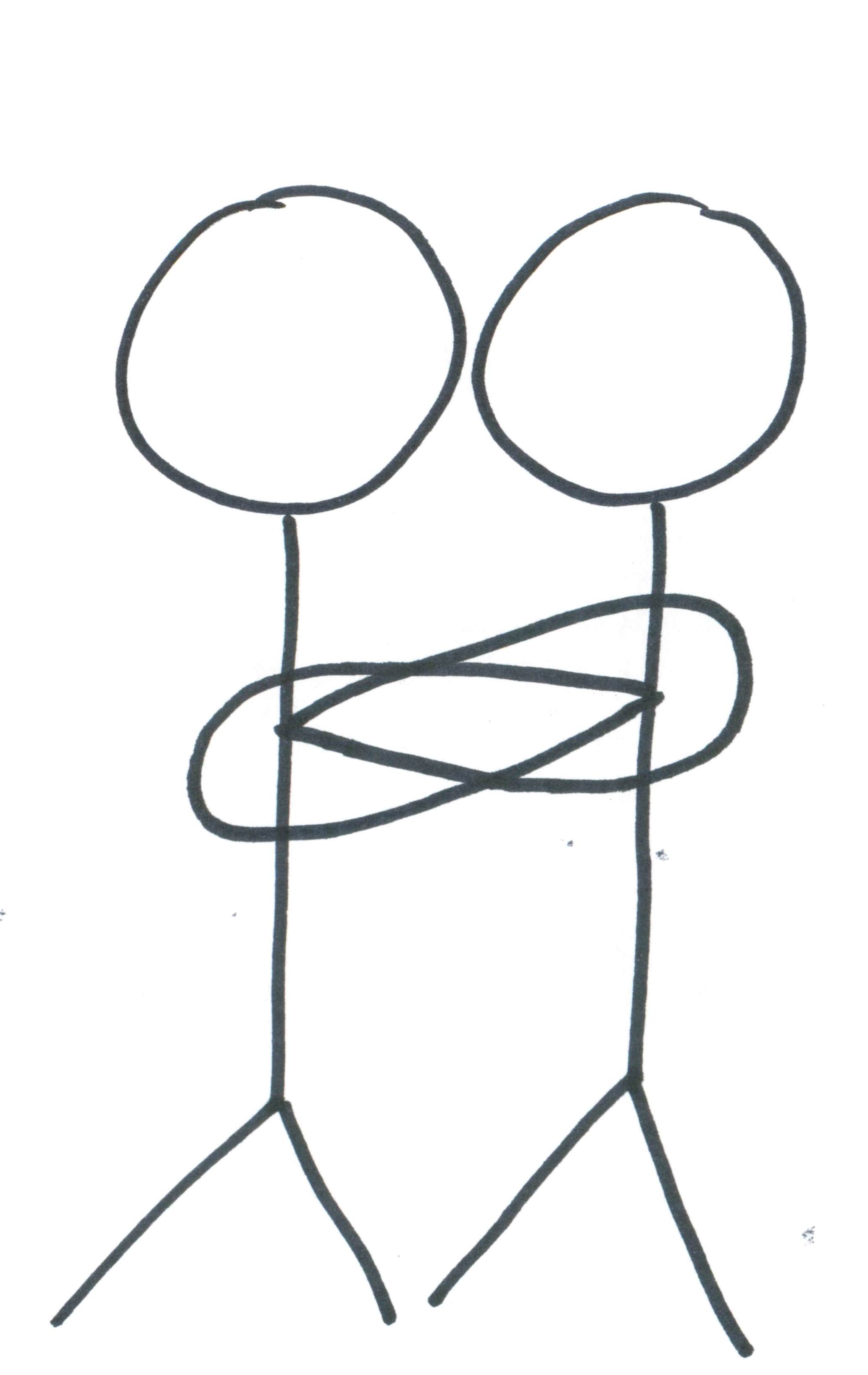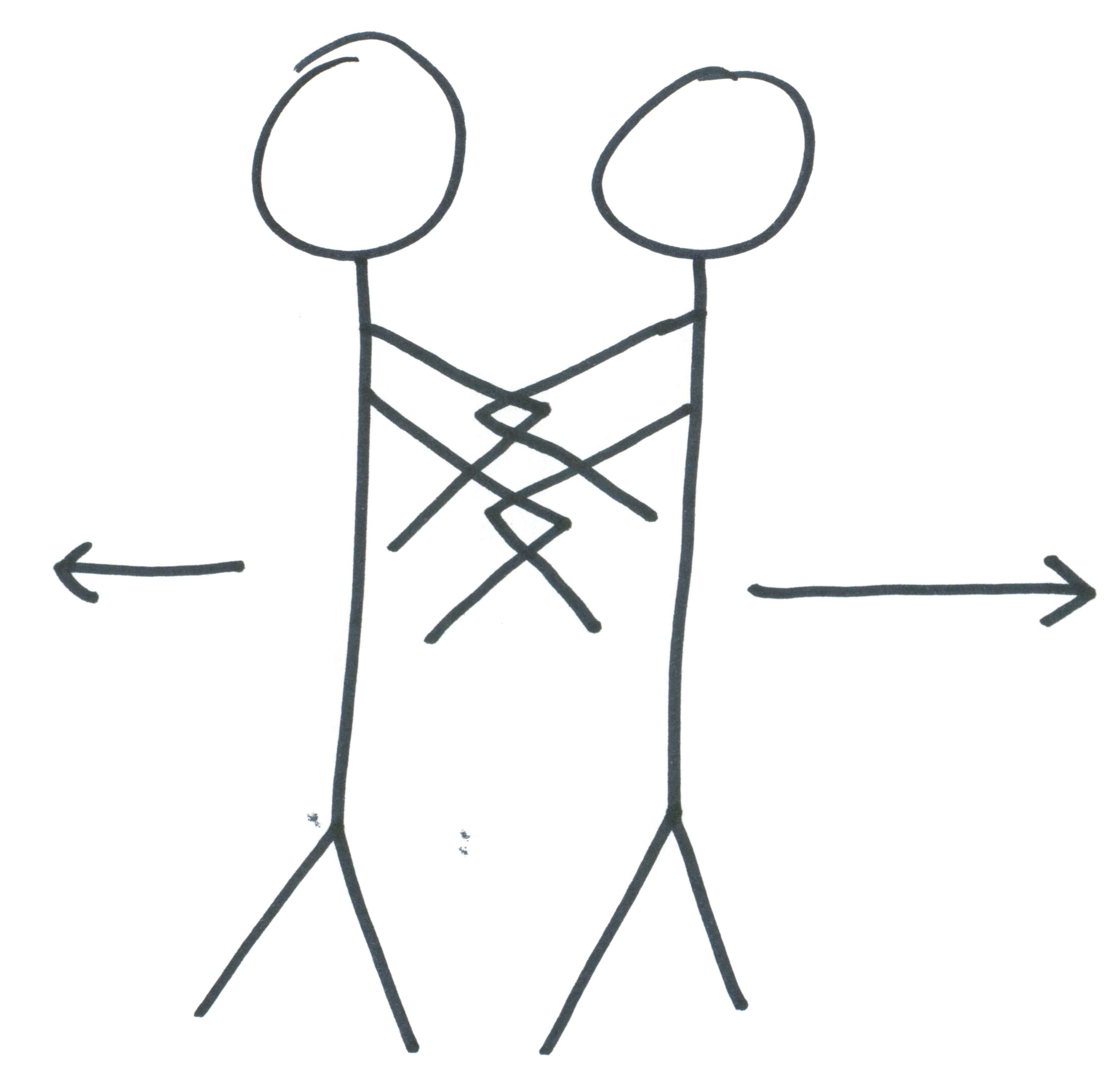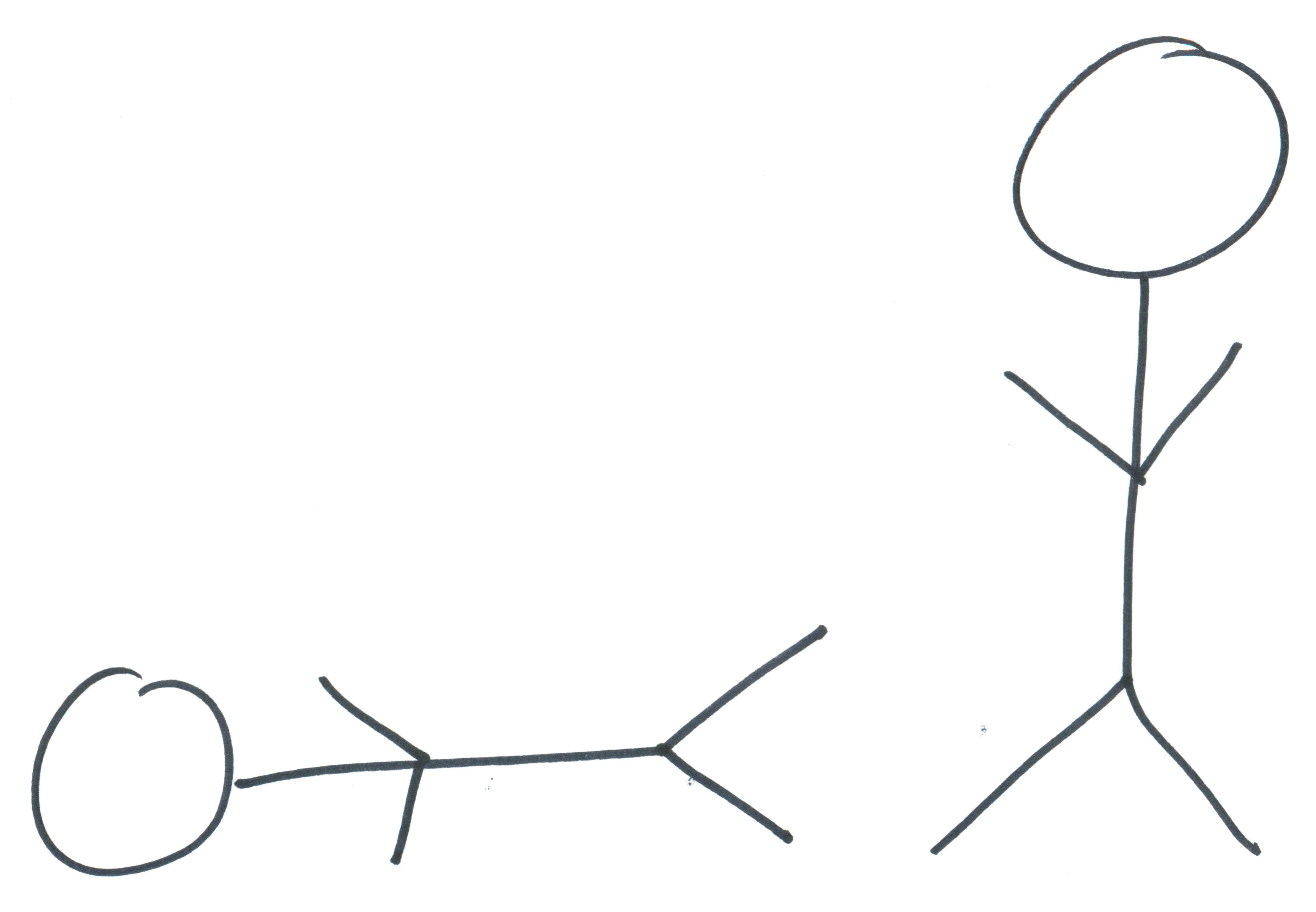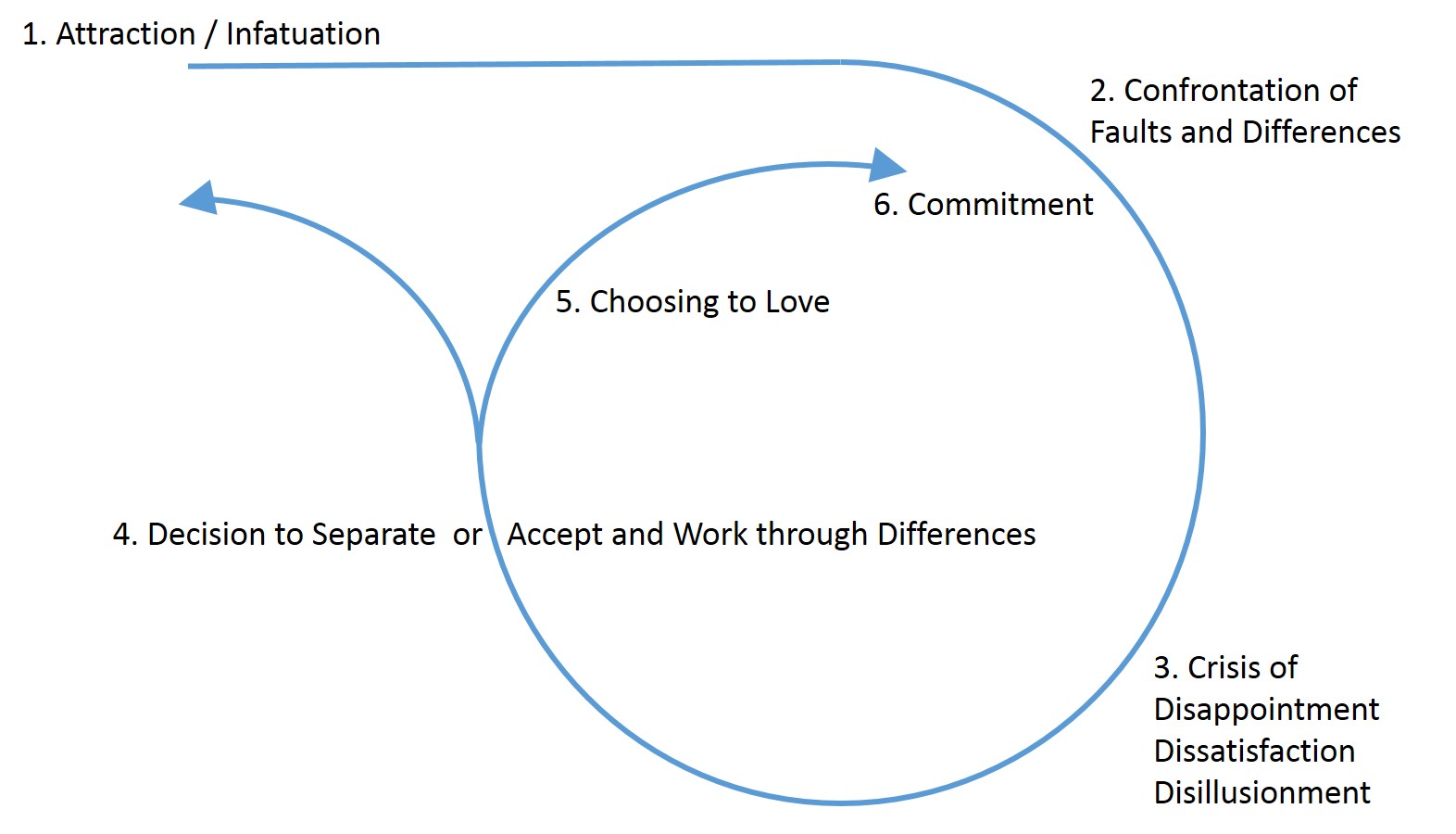Feeling Loved
I love my husband. And I know he loves me. In the REAL LOVE way. But sometimes I’m just not feeling it. Why is that?
After 7 years of marriage (11 ½ years together), we’re definitely beyond “You’ve Lost That Lovin Feeling.” But from the kitchen to the bedroom, we know we need to cultivate agape, eros, philia, and storge.
I have been trying to get him to read Gary Chapman’s The Five Love Languages for quite some time. He’s not just a guy; he’s a science guy. An engineer. And I know expressing “emotions” isn’t his thing. But gosh darnit, I know we really, truly love each other, and I’d just like him to tell me in the way I’d like to hear… you know?
“We must be willing to learn our spouse’s primary love language if we are to be effective communicators of love” (14).
Gary Chapman identifies five different ways that we express and experience love. What makes one person feel loved emotionally isn’t necessarily what makes another person feel loved.
1. Words of Affirmation – Verbal affirmations and compliments, expressions of gratitude and appreciation. Spoken with encouraging words… kind words… humble words… genuine words.
2. Quality Time – Giving the other your undivided attention, focus, time. Doing things together. Having quality conversations.
“A central aspect of quality time is togetherness. I do not mean proximity… Togetherness has to do with focused attention.” (59)
Offering someone Quality Time means offering your understanding and sympathy, as you give your attention to the person…not necessarily offering advice (unless that’s what the person is asking for). We can do this by
- maintaining eye contact
- giving our undivided attention to the other
- listening for the feelings being expressed
- observing the other person’s body language
- refusing to interrupt the other person – seeking to understand what they are saying and waiting to respond
“Many of us… are trained to analyze problems and create solutions. We forget that marriage is a relationship, not a project to be completed or a problem to be solved.” (62)
3. Receiving Gifts – This love language has less to do with the monetary value of the “gift” than it does with the thought behind it. The gift symbolizes love. It represents the fact that the person was thinking of the one they love (be it friend, family, or beloved). These gifts of love may be purchased, found, or made. They needn’t be extravagant nor expensive.
“A gift is something you can hold in your hand and say ‘Look, he was thinking of me,’ or ‘She remembered me.’ You must be thinking of someone to give him a gift.” (74)
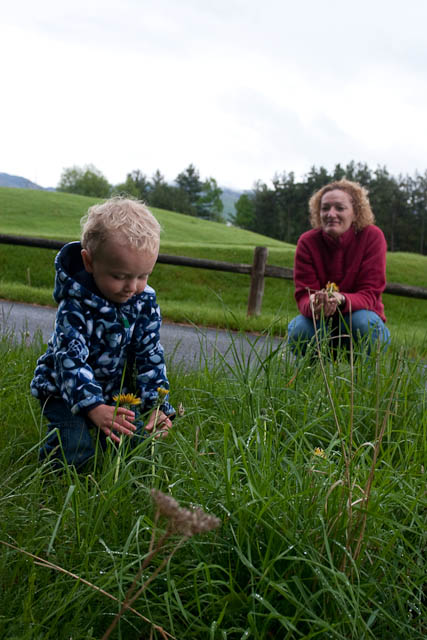
4. Acts of Service – This love language is about doing things for the one you love… things you know they would like you to do. Acts of service require forethought, planning, time, effort, and energy.
Jesus offered us an example of the way in which acts of service demonstrate love when he washed the feet of the disciples.
5. Physical Touch – This love language includes all forms of affection: from hand holding to the supportive friendly hug, to kissing, to a marital embrace, to sexual intercourse.
In this, there is the recognition that all forms of touch (including the refusal to touch) express emotion – positive or negative. The thing to remember is that while this love language includes sexual intercourse, that’s not what it’s all about. Holding someone tenderly while they cry… squeezing a hand in excitement… patting a shoulder in encouragement… These are all forms of expressing love.
Chapman explains that we each have a “primary love language” in which we express and experience love. We need to pay attention to what our beloved’s love language is so that we can express love in the way they primarily communicate love.
This explanation is so simple, yet so profound. And it explains so very much.
In my case, my primary love language is quality time, with words of affirmation close behind. My husband definitely enjoys quality time, but he primarily speaks acts of service.
Chapman challenges us to try to speak our beloved’s primary love language – so that they feel the love we have for them.
I’d go a step further and say that it’s also important that we hear the love our beloved is expressing to us in their primary love language.
If I hadn’t read this book, I may have missed appreciating some of the wonderful things he does for me as expressions of love – like something as simple as making me a cup of tea every morning with breakfast. Or recognizing that making me breakfast (or dinner) is an act of love. Without a doubt, I heard his expression of love when he built me a little shelf to hold all my jars of loose tea.

I know he loves me. But sometimes I need to hear it in my love language (particularly in words of affirmation). And this isn’t easy for him.
But he’s trying. And that means the world to me.
And both of those—that he’s trying and that I know it—are important.
It’s important that we do this for all of the special people in our lives: spouse, children, parents, siblings, friends, co-workers, etc.
How do you express and experience love? How do the important people in your life express and experience love? Are you speaking their language?
“Love sign language © Depositphotos.com/altanaka”


